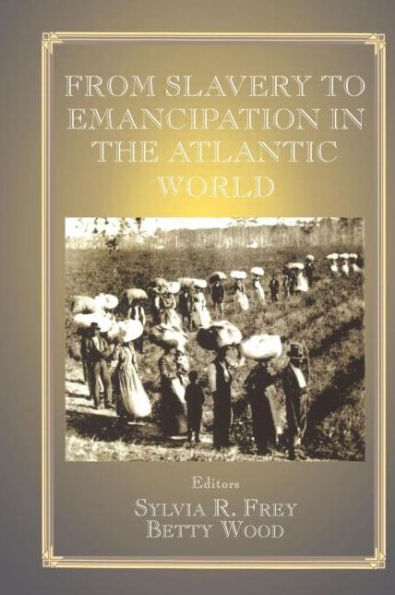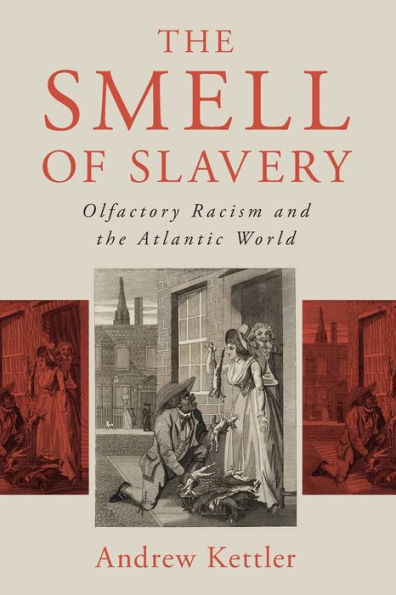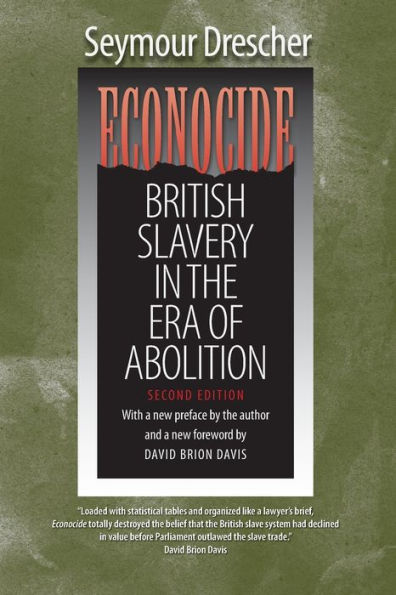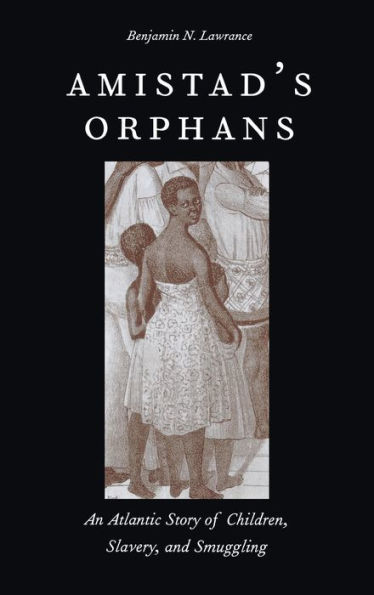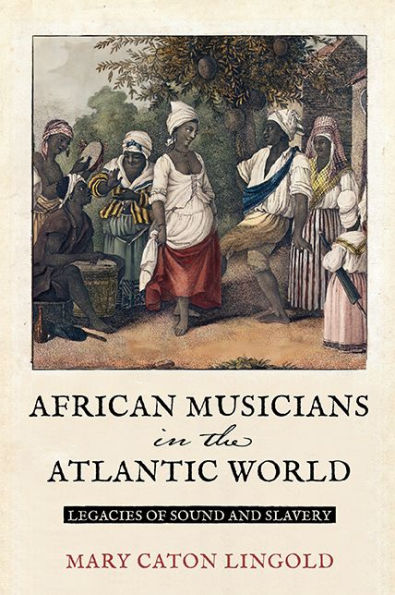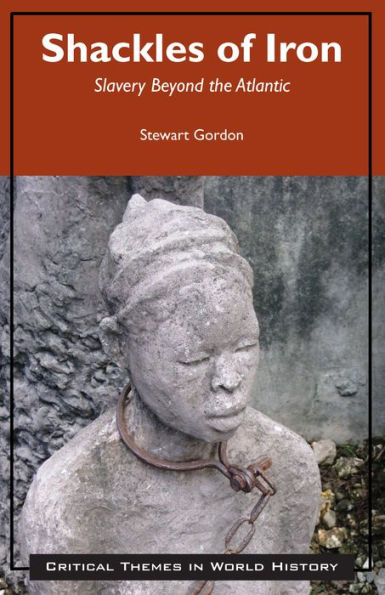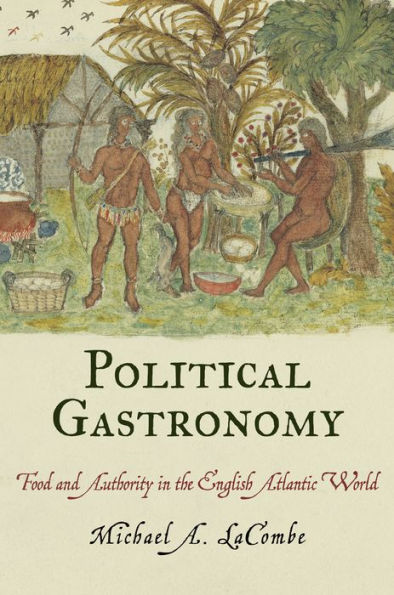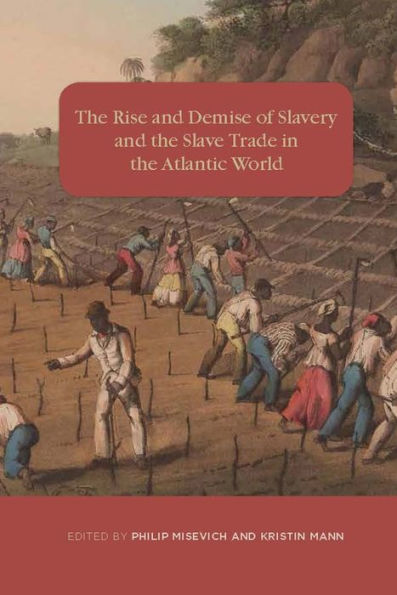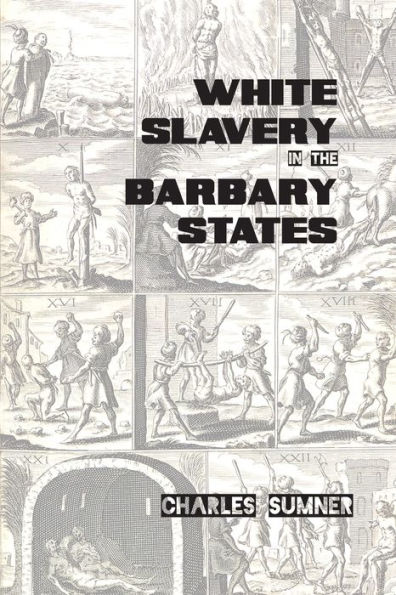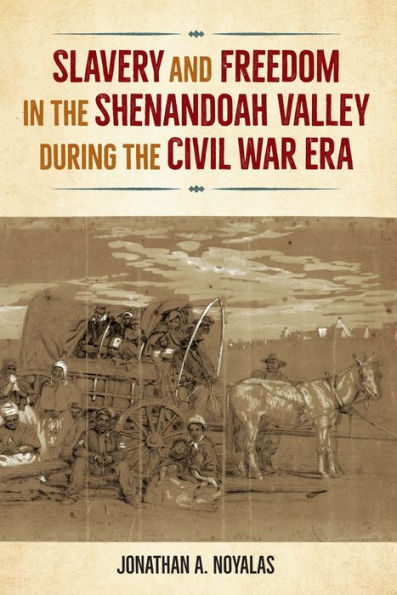Home
Inkface: Othello and White Authority the Era of Atlantic Slavery
Barnes and Noble
Inkface: Othello and White Authority the Era of Atlantic Slavery
Current price: $100.00
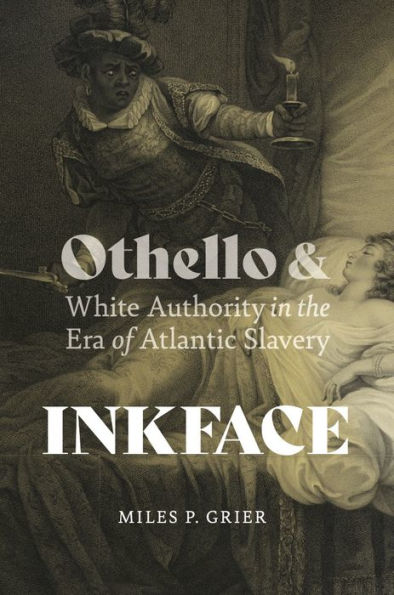

Barnes and Noble
Inkface: Othello and White Authority the Era of Atlantic Slavery
Current price: $100.00
Size: Hardcover
Loading Inventory...
*Product information may vary - to confirm product availability, pricing, shipping and return information please contact Barnes and Noble
In
Inkface
, Miles P. Grier traces productions of Shakespeare's
Othello
from seventeenth-century London to the Metropolitan Opera in twenty-first-century New York. Grier shows how the painted stage Moor and the wife whom he theatrically stains became necessary types, reduced to objects of interpretation for a presumed white male audience. In an era of booming print production, popular urban theater, and increasing rates of literacy, the metaphor of Black skin as a readable, transferable ink became essential to a fraternity of literate white men who, by treating an elastic category of marked people as reading material, were able to assert authority over interpretation and, by extension, over the state, the family, and commerce.
examines that fraternity’s reading of the world as well as the ways in which those excluded attempted to counteract it.
Inkface
, Miles P. Grier traces productions of Shakespeare's
Othello
from seventeenth-century London to the Metropolitan Opera in twenty-first-century New York. Grier shows how the painted stage Moor and the wife whom he theatrically stains became necessary types, reduced to objects of interpretation for a presumed white male audience. In an era of booming print production, popular urban theater, and increasing rates of literacy, the metaphor of Black skin as a readable, transferable ink became essential to a fraternity of literate white men who, by treating an elastic category of marked people as reading material, were able to assert authority over interpretation and, by extension, over the state, the family, and commerce.
examines that fraternity’s reading of the world as well as the ways in which those excluded attempted to counteract it.
